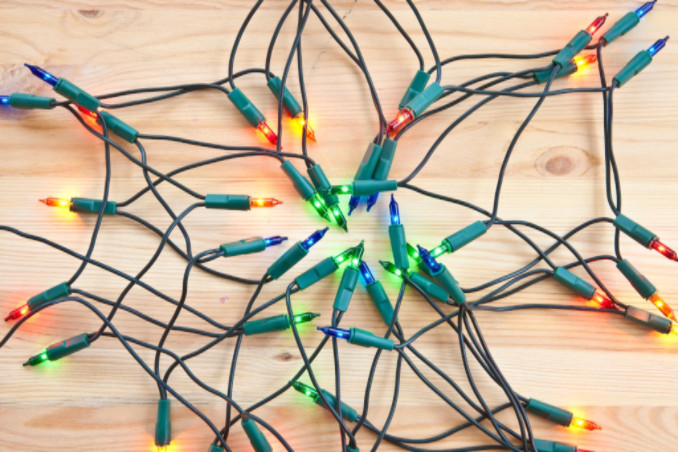Lights are an essential part of the holiday season. Who doesn’t love to string lights on an office Christmas tree or outside of the house for Christmas? It’s a great way to spread holiday cheer to employees or your family.
Unfortunately, it’s only after you receive the electric bill that you realize just how much energy you used. The cost of Christmas cheer is steep…and getting steeper.
According to the National Association of Home Builders (NAHB):
“In addition to being the largest category of consumers, residential consumers generally pay the highest prices. The average retail price paid by U.S. residential consumers in 2012 was 11.88 cents/kWh (kilowatt). The average retail price paid by commercial consumers was 10.09 cents/kWh while industrial consumers paid 6.67 cents/kWh.”
To avoid the shock of a high electric bill, we recommend trying some of these energy-saving tips during the holidays:
- Cooking. When your oven is on, turn down your thermostat and let it help heat the house. Plan to cook multiple dishes at once to lower the amount of times you have to heat the oven.
- Lighting. Limit the number of hours per day your holiday lights are on. Put them on a timer so you don’t have to remember to turn them off.
- Heating. Turn down your thermostat five degrees and wear more layers inside.
- Hosting. When family and friends are over, turn down the thermostat and let the extra body heat warm the house.
- Decorating. Decorate with LED lights or candles—both are much cheaper and more efficient than regular Christmas bulbs.
But above all, the best tip is to get your heating and air conditioning system checked by an HVAC professional before winter hits to make sure it’s running as efficiently as possible.

